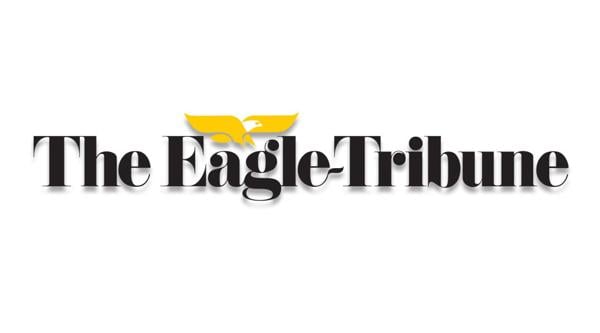The global sepsis diagnostics market is poised for significant expansion, driven by the increasing integration of artificial intelligence (AI), machine learning (ML), and electronic health records (EHR). According to the newly released report, “Sepsis Diagnostics Market: 2025 Edition,” from ResearchAndMarkets.com, the market is expected to gain momentum through to 2029.
The report highlights that advancements in technology are transforming how sepsis is diagnosed. With a rising emphasis on biomarker-based diagnostics, healthcare providers are better equipped to identify this life-threatening condition more swiftly and accurately. The integration of AI and ML into diagnostic processes aims to enhance the efficiency of sepsis detection, which is critical given the urgency of timely treatment in improving patient outcomes.
Market Trends and Projections
As of 2025, the sepsis diagnostics market is projected to witness substantial growth. The report indicates that the market valuation is expected to increase significantly, reaching a forecasted value of approximately $1.2 billion by 2029. This growth is attributed to the rising incidence of sepsis globally, with millions affected each year, necessitating improved diagnostic solutions.
The report further details that hospitals and healthcare systems are increasingly adopting advanced diagnostic tools that utilize AI and ML technologies. These innovations not only streamline the diagnostic process but also enhance the overall patient experience by reducing wait times for results.
Moreover, the growing prevalence of chronic diseases, which heighten the risk of sepsis, is another factor contributing to the market’s expansion. As more patients enter healthcare systems with existing conditions, the demand for effective and timely diagnostics continues to rise.
Regional Insights and Future Directions
Geographically, the report notes that North America holds a significant share of the sepsis diagnostics market, driven by robust healthcare infrastructure and high investment in research and development. Europe follows closely, with countries like Germany and the UK also presenting substantial growth opportunities.
In addition to North America and Europe, emerging markets in Asia-Pacific are expected to become increasingly relevant. The rising healthcare expenditure and growing awareness of sepsis in these regions pave the way for innovative diagnostic solutions to enter the market.
The report emphasizes the importance of collaboration between technology companies and healthcare providers to develop effective diagnostic tools. As the healthcare landscape evolves, integrating cutting-edge technology into routine clinical practice will be vital for enhancing sepsis detection and treatment.
Overall, the sepsis diagnostics market is on the cusp of transformative changes, underscored by technological advancements and an urgent need for better patient outcomes. As the industry moves toward 2029, stakeholders must remain vigilant in adapting to these developments to effectively address the challenges posed by this critical health issue.






